A touch of cabin fever, or perhaps just frustration, I wander through some images of last year and pause to recollect a short break in Porto. It was an opportunity for a cheap flight to a city and indeed a country on my bucket list, but long ignored. We arrived late Thursday evening and stayed in a city centre Airbnb. If you discount my wife having her handbag stolen within an hour of arrival, the city is a wonderful location for a short break and has everything a photographer could wish for.
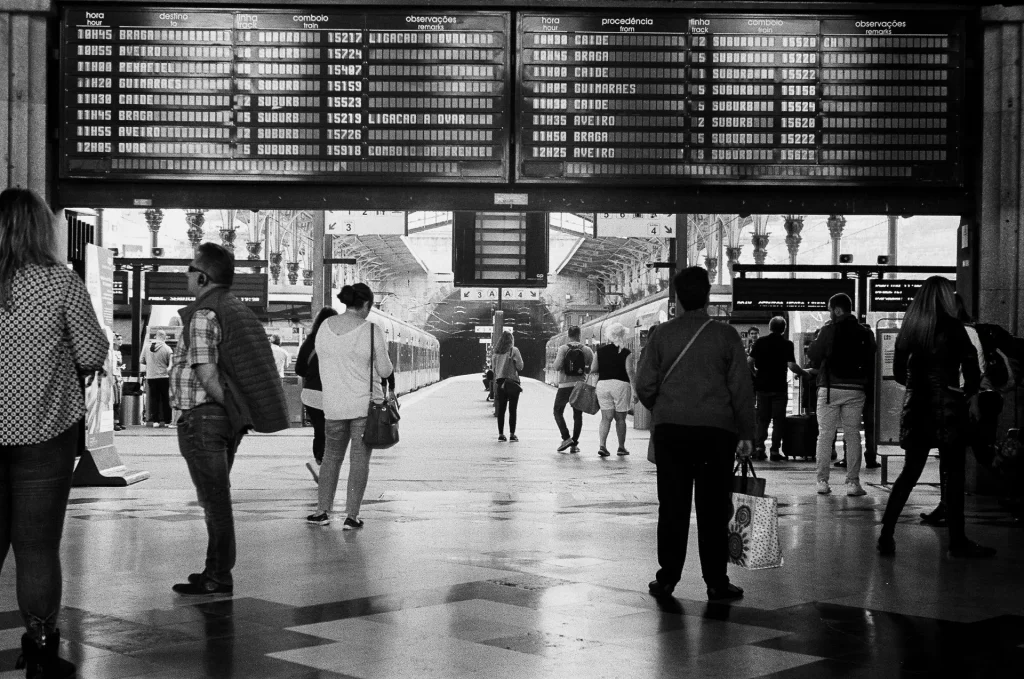
It is a city in change, adapting urgently as a tourist destination, but with a wealth of history, wonderful architecture, fabulous cafes and a cocktail of cosmopolitan and friendly inhabitants. The underlying topography helps, as the city lies at the confluence of the mighty Douro river and the Atlantic with spectacular bridges and waterside café culture.

I was accompanied by my trusty Leica 1a, manufactured in 1927 with its fixed 3.5 Elmar lens and armed with my usual Tri-X 400. The camera, with its retracting lens, is small enough to slip into a pocket and fits nicely into the palm of your hand. Being black, [reminiscent of the Model T Ford of the same era, you can have any colour as long as it’s black] it remains mostly unnoticed for those street shots.
What I find amazing is the quality of the lens from that era. It was only the third year of Leica production and yet the lens from day one was beautifully matched to the camera and delivered amazingly sharp images.
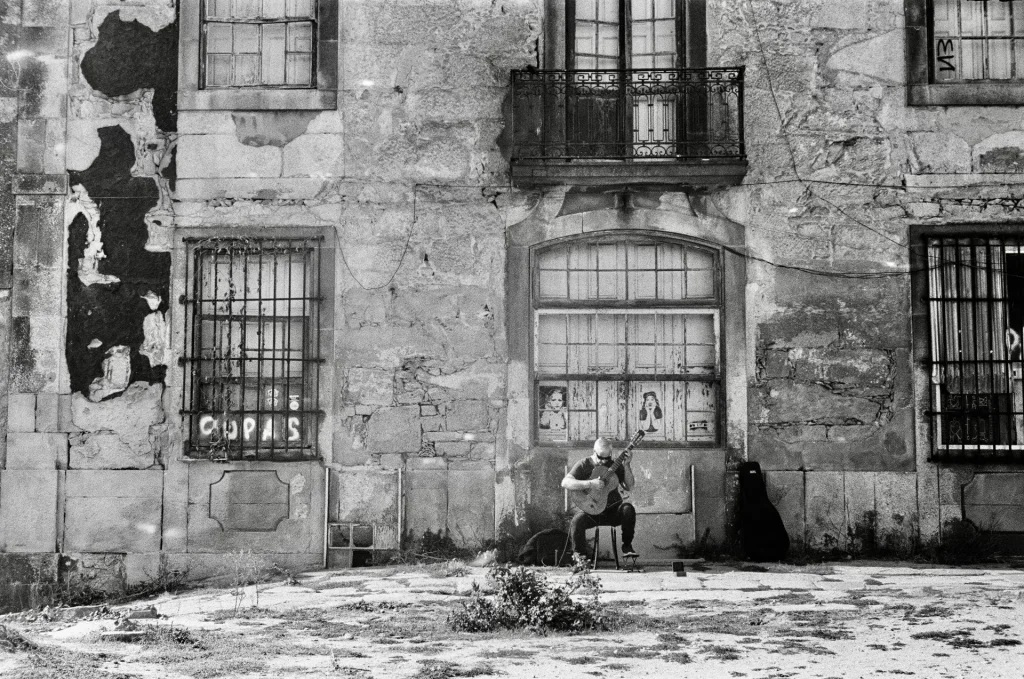
Anyone tempted with such an early Leica must expect a few restraints. These early models have no allowance for a camera strap, so you need to allow for extracting the camera from the case, extracting the lens and locking in position, winding-on to set the shutter, setting the aperture and focus.
No rangefinder, such modern appliances did not appear until 1931.
The basic Elmar lens was uncoated but like many early products, simple in concept and beautifully designed as an integral part of what was a game changer in camera evolution.
If you are tempted to follow, there are a few pitfalls, most of which are solvable. My coated shutter curtains began to shred tiny elements of their coating, which resulted in white spots on my negatives, sometimes called ‘sparkles’.
The inner matt black coating can also wear, which can lead to light flaring on the centre of the image. The grease on the focus and aperture rings can harden from lack of use and become stiff or bind.
I don’t pretend to be an expert, these are just some of the issues I have encountered. Like an old house or car, you need to have patience and remember you are using a highly complex machine that was manufactured ninety odd years ago. Spare parts disappeared many years ago, so repairs need a high degree of skill and ingenuity.
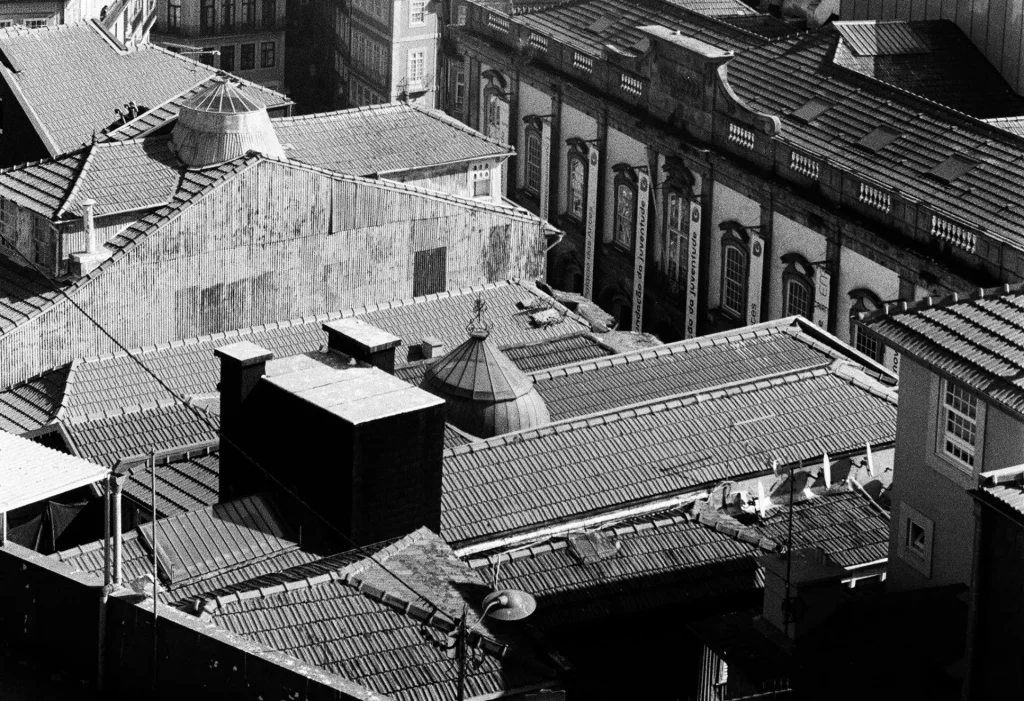
All that apart, my five frames have tried to capture a vibrant city in the pre-Cordvid-19 era, which offers a photographer a seemingly endless array of subject matter.
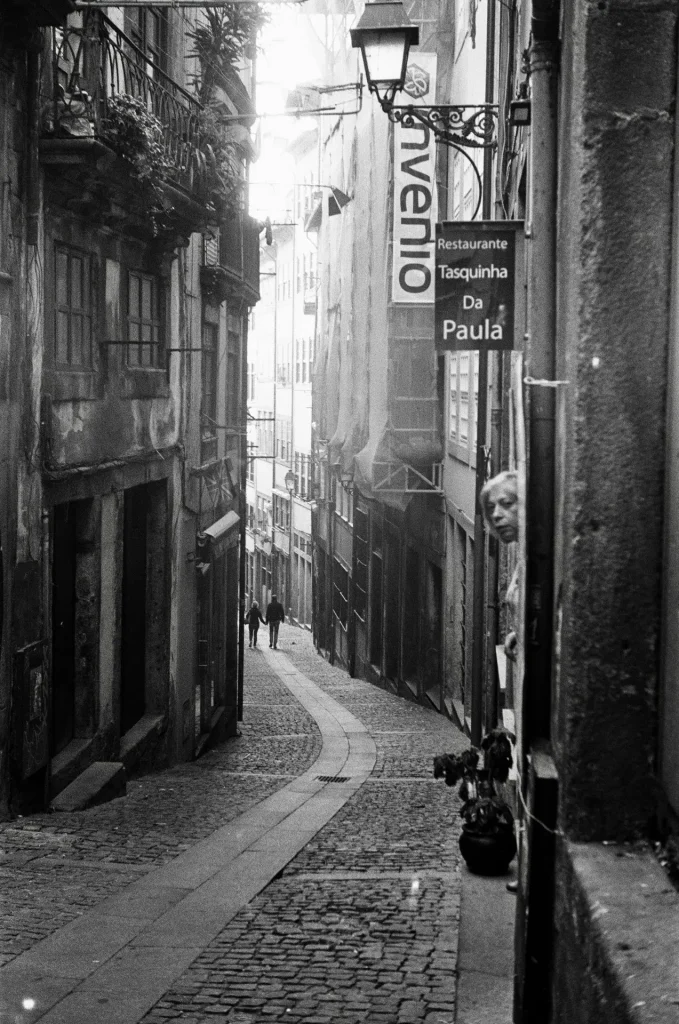
Add Porto to your bucket list and take a Leica: you won’t be disappointed.
Share this post:
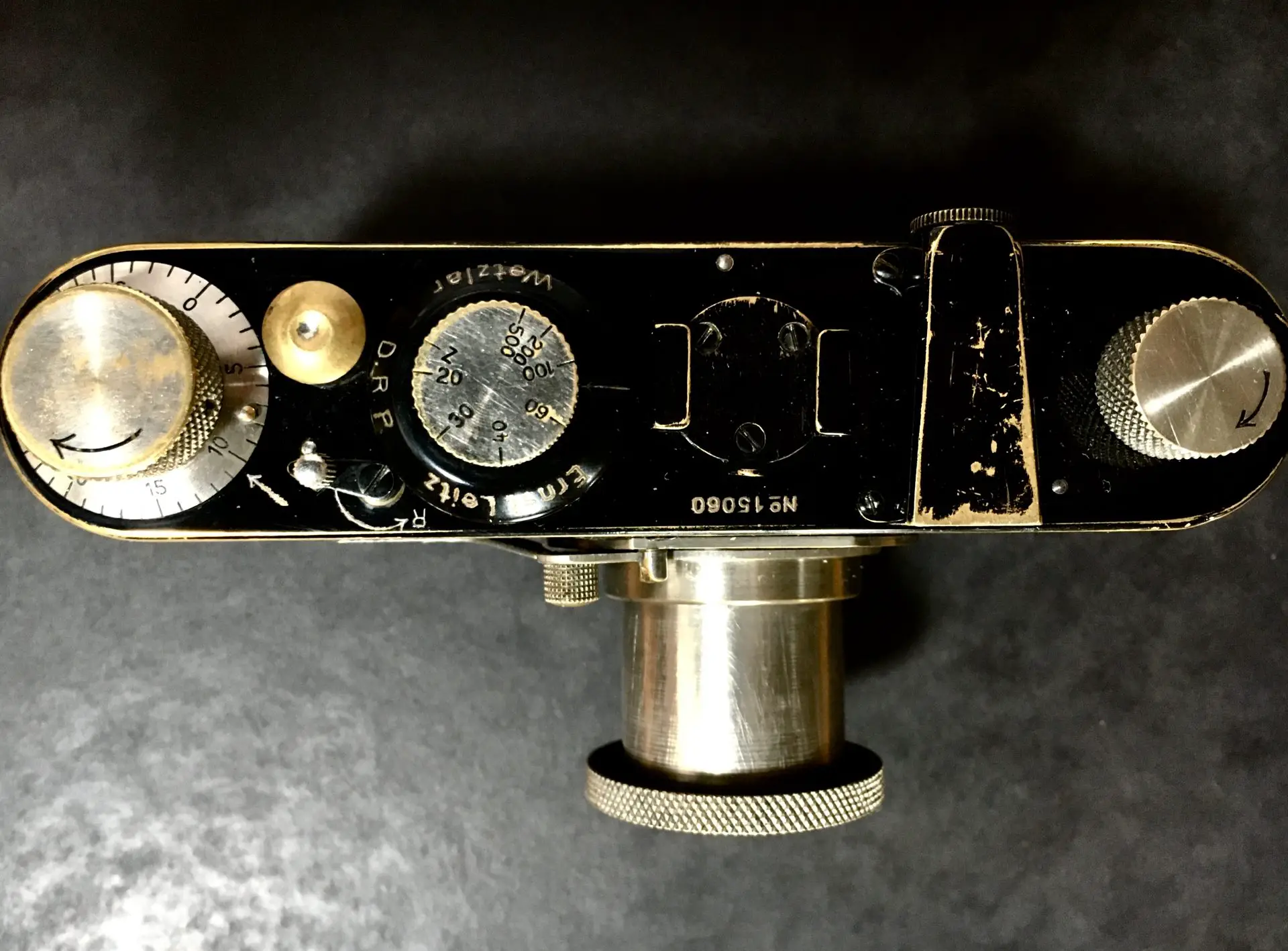








Comments
Lukas on 5 Frames in Porto with 1927 Leica 1A & Kodak Tri-X – By Ian Patton
Comment posted: 26/07/2020
Jack on 5 Frames in Porto with 1927 Leica 1A & Kodak Tri-X – By Ian Patton
Comment posted: 26/07/2020
Leitz was new to the photographic world at the time our cameras were produced, but the company already had many decades of experience producing microscopes and other fine optical instruments. I think that explains the high quality of the early Elmar lens.
Shooting with these vintage cameras is minimalism at its best. Pure, back-to-basics pleasure.
Charles Morgan on 5 Frames in Porto with 1927 Leica 1A & Kodak Tri-X – By Ian Patton
Comment posted: 26/07/2020
Daniel Castelli on 5 Frames in Porto with 1927 Leica 1A & Kodak Tri-X – By Ian Patton
Comment posted: 26/07/2020
Good photos. Old doesn't mean bad or inferior for camera equipment or people. I would sense the ghosts of Barneck and Leitz peering over my shoulder, just watching and smiling.
David Narbecki on 5 Frames in Porto with 1927 Leica 1A & Kodak Tri-X – By Ian Patton
Comment posted: 26/07/2020
Marc Wick on 5 Frames in Porto with 1927 Leica 1A & Kodak Tri-X – By Ian Patton
Comment posted: 26/07/2020
ian patton on 5 Frames in Porto with 1927 Leica 1A & Kodak Tri-X – By Ian Patton
Comment posted: 27/07/2020
Tom on 5 Frames in Porto with 1927 Leica 1A & Kodak Tri-X – By Ian Patton
Comment posted: 28/07/2020
BG on 5 Frames in Porto with 1927 Leica 1A & Kodak Tri-X – By Ian Patton
Comment posted: 29/07/2020
donald ball on 5 Frames in Porto with 1927 Leica 1A & Kodak Tri-X – By Ian Patton
Comment posted: 30/07/2020